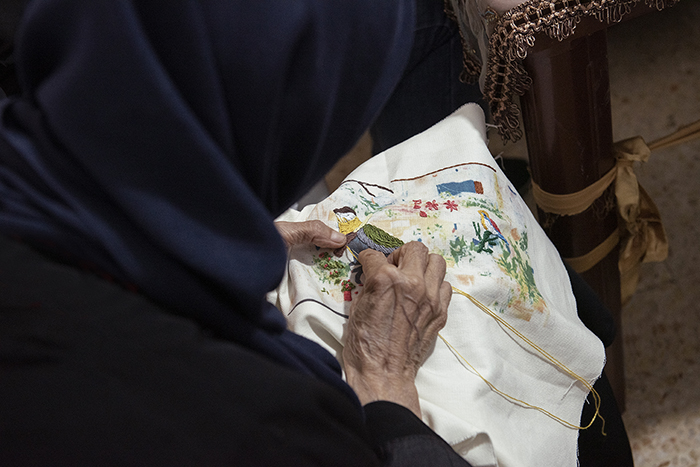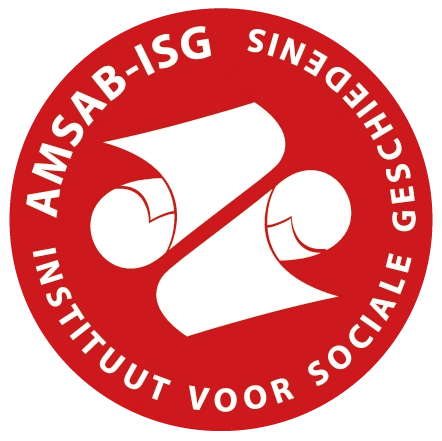Traumatische ervaringen worden niet altijd op een verbale manier geuit. Zeker in situaties van conflict en verplaatsing leiden ingrijpende gebeurtenissen vaak tot alternatieve vormen van expressie.
In Shatila, een vluchtelingenkamp ten zuiden van Beiroet, bestaat de borduurtraditie al sinds de oprichting van het kamp in 1949, toen het werd opgezet om Palestijnse vluchtelingen op te vangen. Borduren is daar een dagelijkse, genderspecifieke praktijk die diep geworteld is in de rijke textieltraditie van de regio. Door de oorlog in Syrië en de instroom van nieuwe vluchtelingen, kreeg de borduurkunst in het kamp een heropleving. Het diende niet alleen als cultureel erfgoed, maar ook als een middel om visuele verhalen te vertellen over persoonlijke ervaringen, vaak met een focus op mensenrechten.
De tentoonstelling toonde de geborduurde verhalen van Syrische vrouwen uit Shatila, aangevuld met foto's van Aaron Lapeirre die de context van het maakproces visualiseerden. Door een speelse benadering van materialen vertelden deze vrouwen over pijn, verlies en hun hoop op een rechtvaardigere toekomst.
Deze tentoonstelling, die eerder eind 2022 in Amsab-ISG te zien was onder de naam Stitching as a Rights Narrative, was van 15 tot 23 juli 2023 dagelijks te bezichtigen van 10 tot 16 uur in de Sint-Niklaaskerk in Gent.








